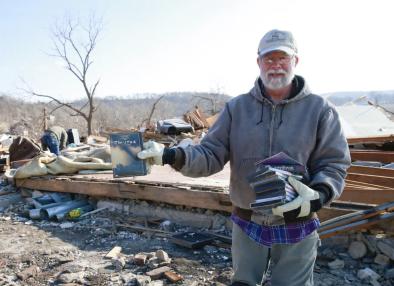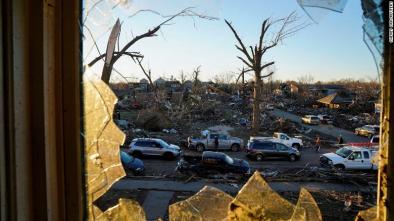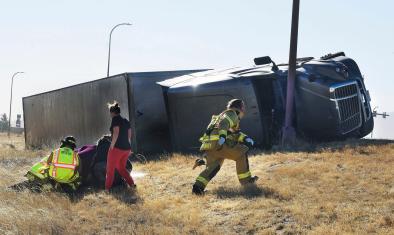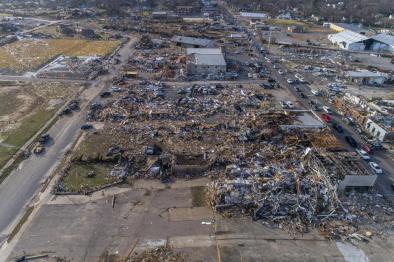The Future of Supercells in the United States
Study key findings & significance
- The study shows how the climatology of supercells may change in the contiguous United States, during the twenty-first century.
- Models predict a nationwide 6.6% increase in supercells and a 25.8% jump in the area and time the strongest supercells twist and tear over land under a scenario of moderate levels of future warming by the end of the century
- Past studies have been unable to forecast supercells and tornadoes in future climate simulations because they are small-scale events, especially tornadoes, that global computer models can’t see.
- The authors used smaller regional computer models and compensated for their reduced computing power by spending two years running simulations and crunching data.
Author quotes
“The data that I’ve seen has persuaded me that we are in this experiment and living it right now. What we’re seeing in the longer term is actually occurring right now.”
Walker Ashley, lead author and professor of meteorology and disaster geography at Northern Illinois University
Abstract
A supercell is a distinct type of intense, long-lived thunderstorm that is defined by its quasi-steady, rotating updraft. Supercells are responsible for most damaging hail and deadly tornadoes, causing billions of dollars in losses and hundreds of casualties annually. This research uses high-resolution, convection-permitting climate simulations across 15-yr epochs that span the twenty-first century to assess how supercells may change across the United States. Specifically, the study explores how late-twentieth-century supercell populations compare with their late-twenty-first-century counterparts for two—intermediate and pessimistic—anthropogenic climate change trajectories. An algorithm identifies, segments, and tracks supercells in the simulation output using updraft helicity, which measures the magnitude of corkscrew flow through a storm’s updraft and is a common proxy for supercells. Results reveal that supercells will be more frequent and intense in future climates, with robust spatiotemporal shifts in their populations. Supercells are projected to become more numerous in regions of the eastern United States, while decreasing in frequency in portions of the Great Plains. Supercell risk is expected to escalate outside of the traditional severe storm season, with supercells and their perils likely to increase in late winter and early spring months under both emissions scenarios. Conversely, the latter part of the severe storm season may be curtailed, with supercells expected to decrease midsummer through early fall. These results suggest the potential for more significant tornadoes, hail, and extreme rainfall that, when combined with an increasingly vulnerable society, may produce disastrous consequences.
Related Content






